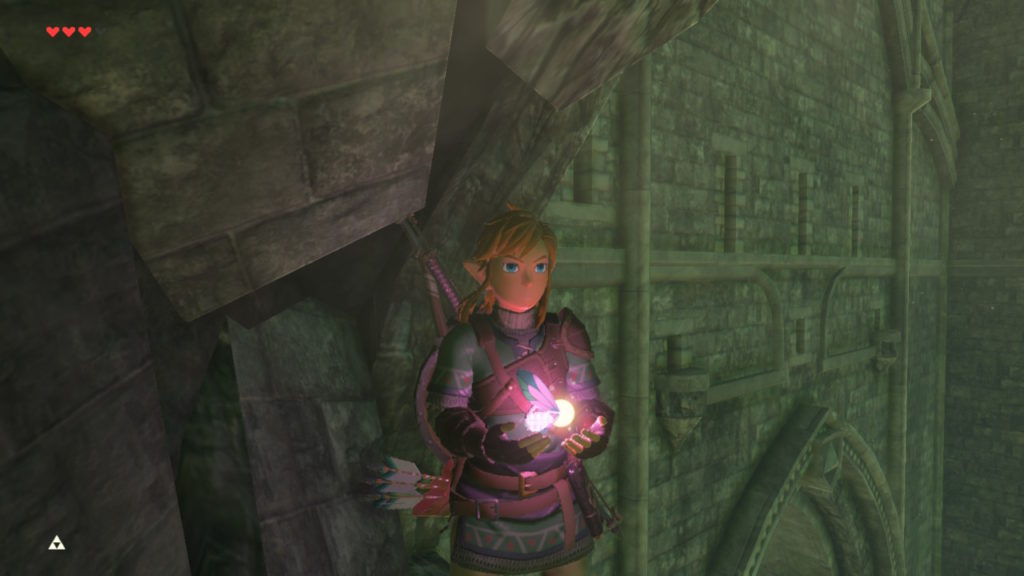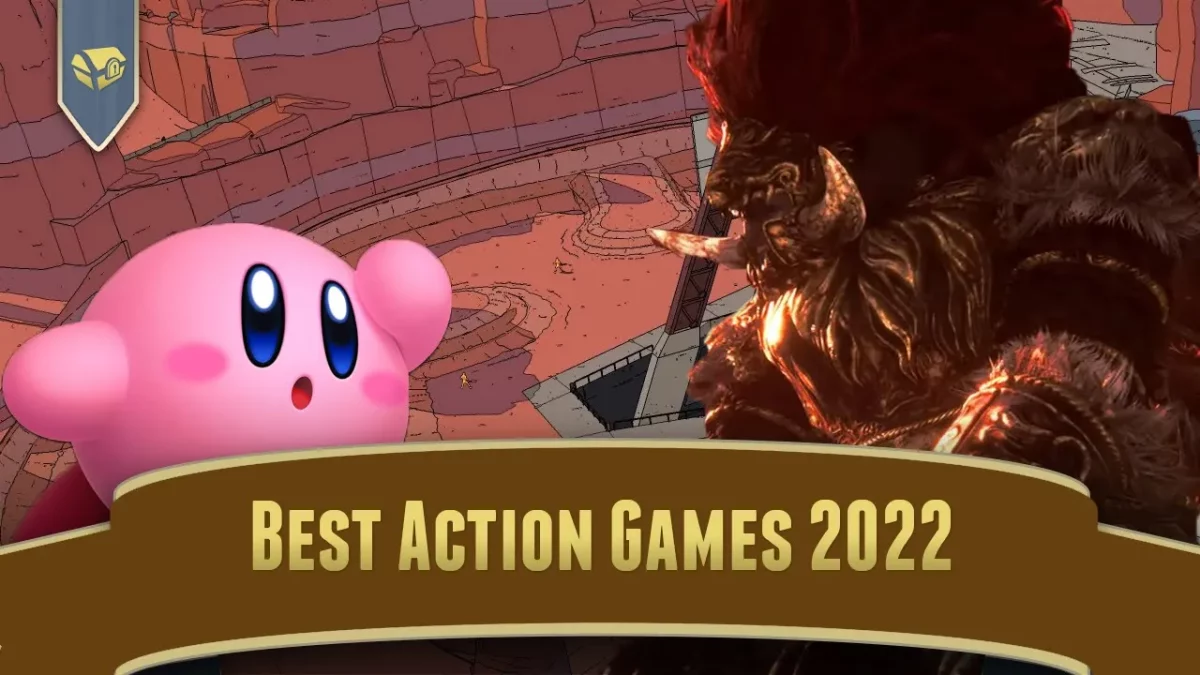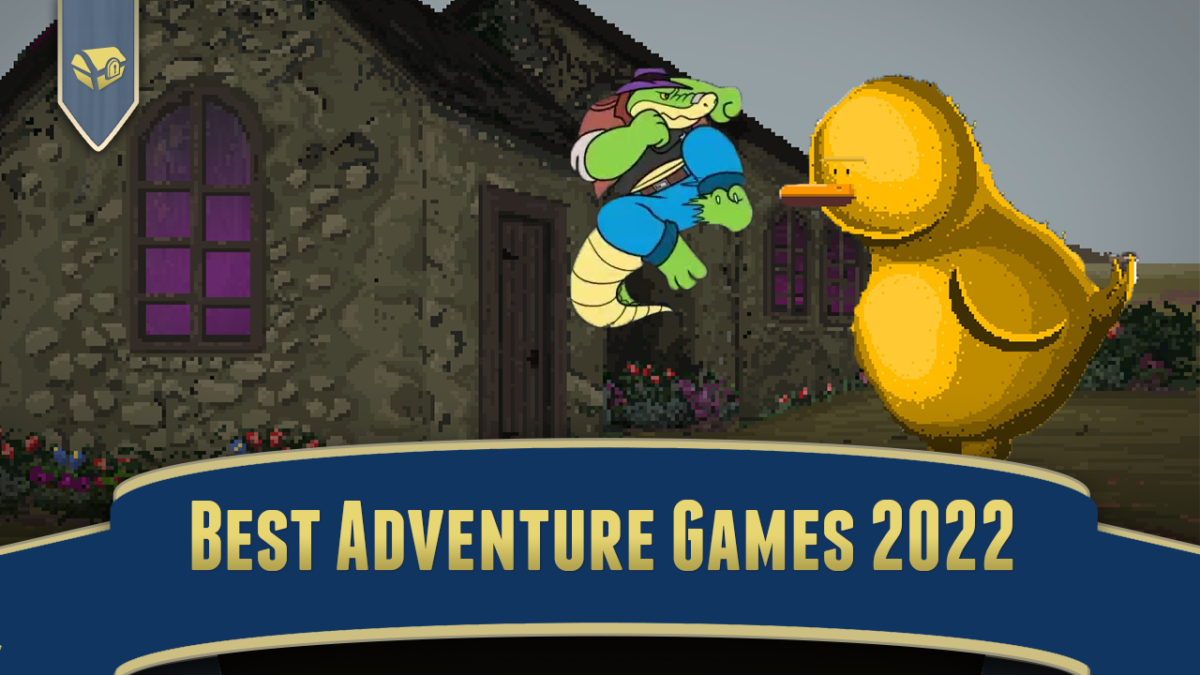The Legend of Zelda: Breath of the Wild is a gigantic game, and where content proliferates, so too do bugs. Many of these bugs are highly entertaining (my favorite is the bullet time bounce), but there are some that are just head-scratching, leaving one to wonder why does this happen? That the occur pulls back the curtain on the many technically complex things a big game like BotW does behind the scenes to realize its world, for, every step of a process that a system must go through is one more opportunity for something to go wrong.

Youtuber Jasper has made a 35 minute video about why, if Link stands in a specific spot in BotW, inside the broken corner of a stone wall, the cel shading usually applied to his model goes away, and he appears with normal light shading. In the way of Youtubers, the explanation is contained within a 35-minute discursive video that goes into the history of game lighting, why some older 3D games have graphics that have aged well while others don’t, the basics of cel shading, and still other topics. Here is that video, embedded:
The whole video is pretty interesting, and if you have the time and interest you should watch the whole thing. However, in the event that this is all tl;dw, allow me to summarize.
- Because Breath of the Wild is both a huge game and has a dynamic world, baking lighting in into textures would consume way too much storage and memory, so lighting has to be done dynamically.
- As an optimization measure, the more complex steps of cel shading are deferred to later in each frame’s rendering. The main rendering is done, then the cel shading is applied afterward, when the visibility of the area has been determined, so this effort-expensive process is only done for visible pixels.
- One of the deferred steps of rendering marks which of nine different kinds of material will be applied to each pixel. Terrain in BotW is not cel shaded, while characters link Link are, so they have different types of material that determine whether that shading is applied to them.
- In the location where Link’s cel shading disappears, there is a decal applied to the crumbling bridge that erroneously extends over the corner, and overwrites Link’s character material type with the terrain material, causing the cel shading not to be applied to him.




